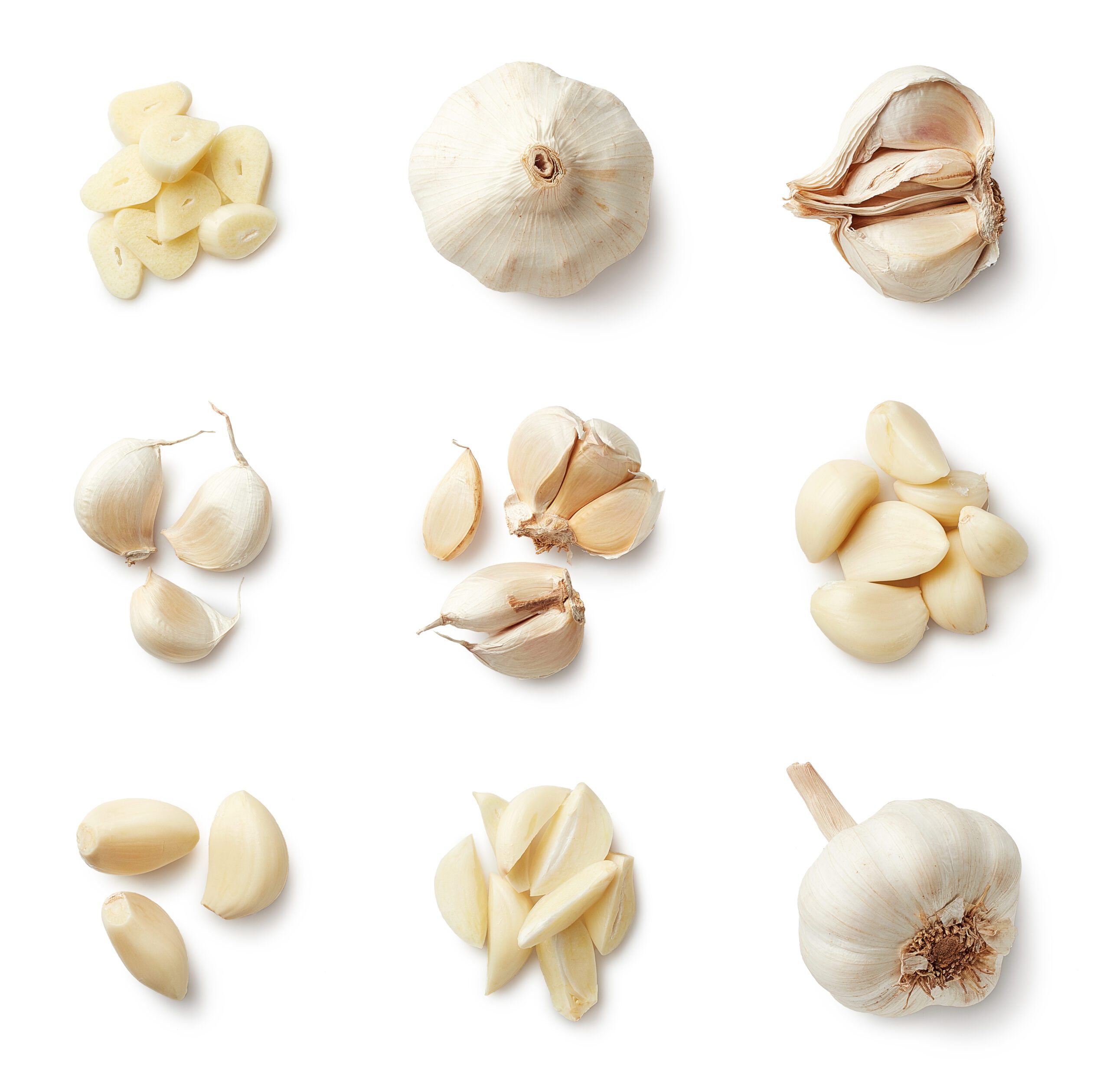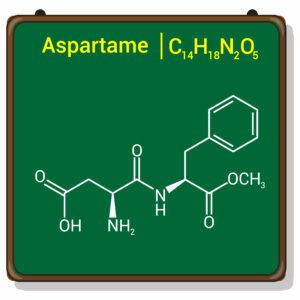For the Love of Garlic: There’s a Reason Why It’s So Popular
January 11, 2016
 744
744 
Just thinking about garlic can automatically bring about thoughts of Italian fare such as garlic pasta or bread, or your favorite Asian stir-fry. But what also might come to mind is the smell. With so many health benefits on garlic’s side, there must be a way to reap these benefits and avoid the odor or “garlic breath.” Keep reading to discover the many health benefits of garlic and why garlic supplements are just as effective as the real deal.
The History of Garlic
Used as a culinary spice for over 5,000 years and one of the most widely used herbs, garlic is one of the most popular herbs around. It’s mentioned in the Bible and the Talmud. One of the first to recognize the medicinal properties of garlic was Hippocrates. He recommended it for many conditions, including parasites and poor digestion.
Garlic was used by the ancient Greeks and Egyptians for heart problems and headaches. The Chinese used it for several common ailments and to boost the immune system. And in the modern mode of medicine, research continually supports the curative powers in garlic, including uses in fighting cancer and warding off inflammation and infection.
Why is garlic so powerful?
Garlic is a powerhouse of nutrients, containing Vitamins A and C, potassium, selenium, phosphorus and zinc, and amino acids. It also contains an unusually high concentration of the sulfur compound allicin. This is the compound responsible for garlic’s healing powers as it is a potent antibiotic.
Scientific studies suggest that garlic helps the cardiovascular system by lowering cholesterol and triglycerides in the blood. It has also been shown that garlic reduces the risk of some cancers. And, it is thought that garlic may kill the viruses that cause colds and flu.
Garlic has more forms than most other herbal medicines. Besides fresh garlic, there are garlic extracts, capsules, tablets, powders, tinctures and sprays. There are even odorless garlic tablets.
How much garlic should you be getting?
The recommended amount of garlic for optimal benefits is between 600 – 900 milligrams per day divided into two or three doses. This delivers approximately 5,000 – 6,000 milligrams of allicin.
Are there any side effects?
Some people may experience heartburn and flatulence from eating large amounts of garlic. Additionally, garlic acts as an anticoagulant so it is important to consult your physician before going on a supplement regiment. However, unlike some herbs, garlic does appear to be safe during pregnancy and breast feeding.
What are some ways to “get your garlic”?
Garlic can be added to numerous dishes with raw garlic having the edge over cooked. Some ways to eat raw garlic are to top scrambled eggs with minced garlic; add raw chopped garlic to cooked tomato sauce just before serving; sprinkle minced raw garlic on baked potatoes and sprinkle minced raw garlic on buttered crusty bread. There are some salad dressings that you can also get raw garlic into easily.
Not everyone enjoys the strong taste of garlic, and you don’t really enjoy kissing someone who has been eating garlic. Rather than not eating this good-for-you herb, try a garlic nutritional supplement instead. It has been shown that supplements of garlic extract usually are as effective as fresh garlic, and don’t cause the odor of garlic on the breath.

A new study suggests that a widely used sugar substitute found in diet sodas, chewing gum, and low-sugar yogurt may elevate insulin levels. This could increase the long-term risk of heart disease. “Artificial sweeteners have infiltrated nearly all types of food, making it crucial to understand their long-term health effects,” said Yihai Cao, senior author […]

Diet Coke has long been a fan-favorite among soda lovers who want a fizzy, guilt-free alternative to traditional soft drinks. While its zero-calorie, zero-sugar label makes it seem like a healthier option, the reality is far more concerning. Despite its undeniable popularity, Diet Coke’s nutritional profile has raised red flags among health experts for years. […]

New study shows that embracing an anti-inflammatory, plant-forward diet can support cognitive function and help reduce the risk of dementia. What You Eat Shapes Your Brain The food you eat doesn’t just impact your body—it also affects your brain. Research suggests that eating an anti-inflammatory, plant-based diet can help improve memory, focus, and overall brain […]